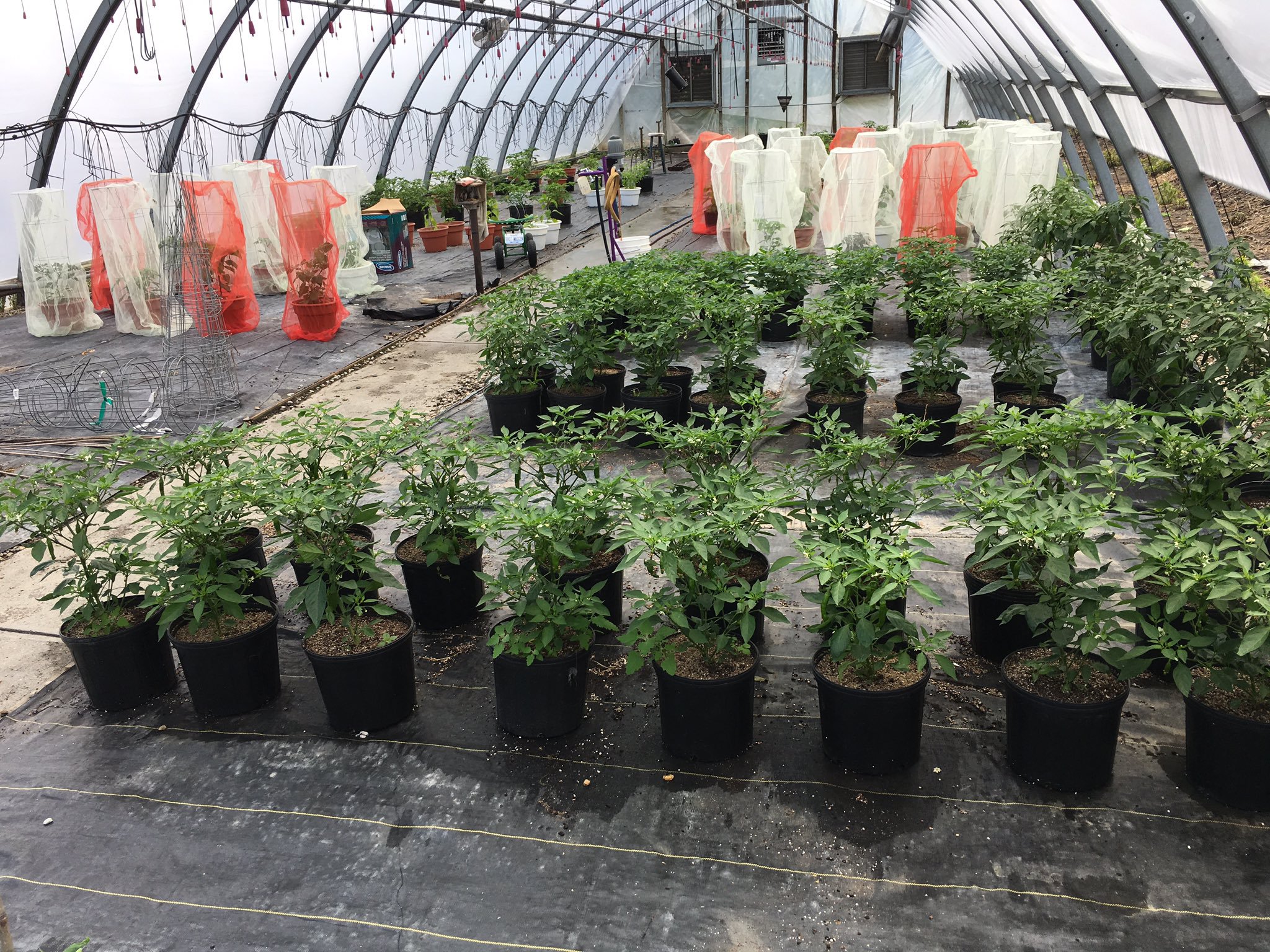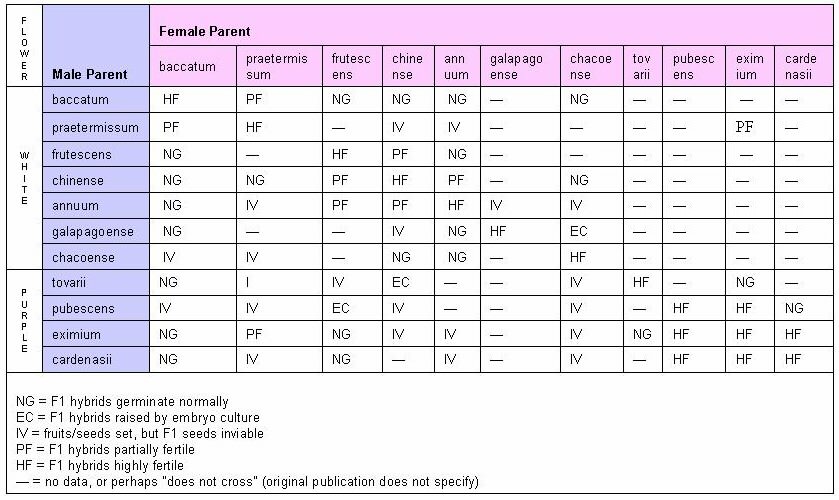Ive got a really nice BTR scorpion plant Id like to stabilize. Wondering what you all use for pollination bags and where you like to buy them?
Ive also got a few other varieties Im interested in crossing, but not sure who should be the dad and who should be mom. I understand how male/female relates to seed viability when crossing two different species, but I dont understand how it relates to characteristics of the next generation. For example, baccatum and chinense will give viable F1 no matter which one is mom or dad, but If the dad is chinense, can I expect the F1 to be somehow different in growth or taste than if the mom is chinense?
Ive also got a few other varieties Im interested in crossing, but not sure who should be the dad and who should be mom. I understand how male/female relates to seed viability when crossing two different species, but I dont understand how it relates to characteristics of the next generation. For example, baccatum and chinense will give viable F1 no matter which one is mom or dad, but If the dad is chinense, can I expect the F1 to be somehow different in growth or taste than if the mom is chinense?


